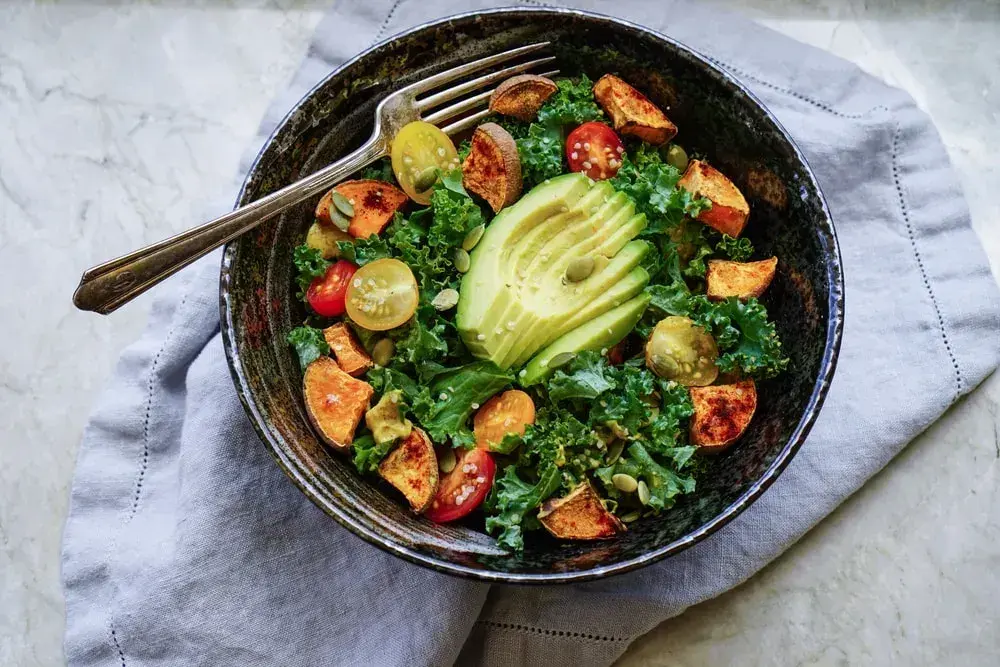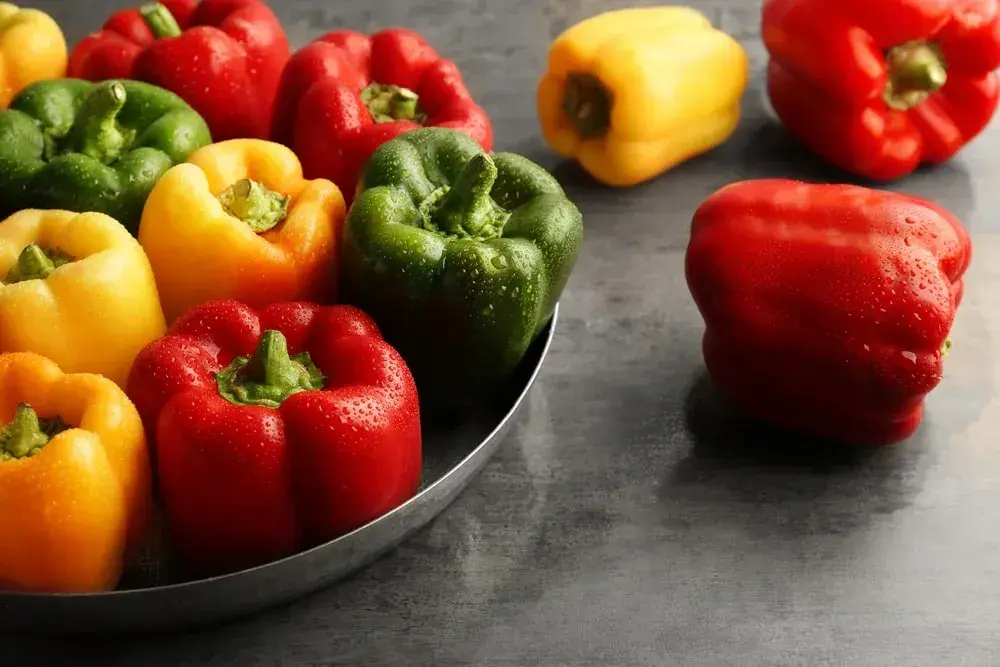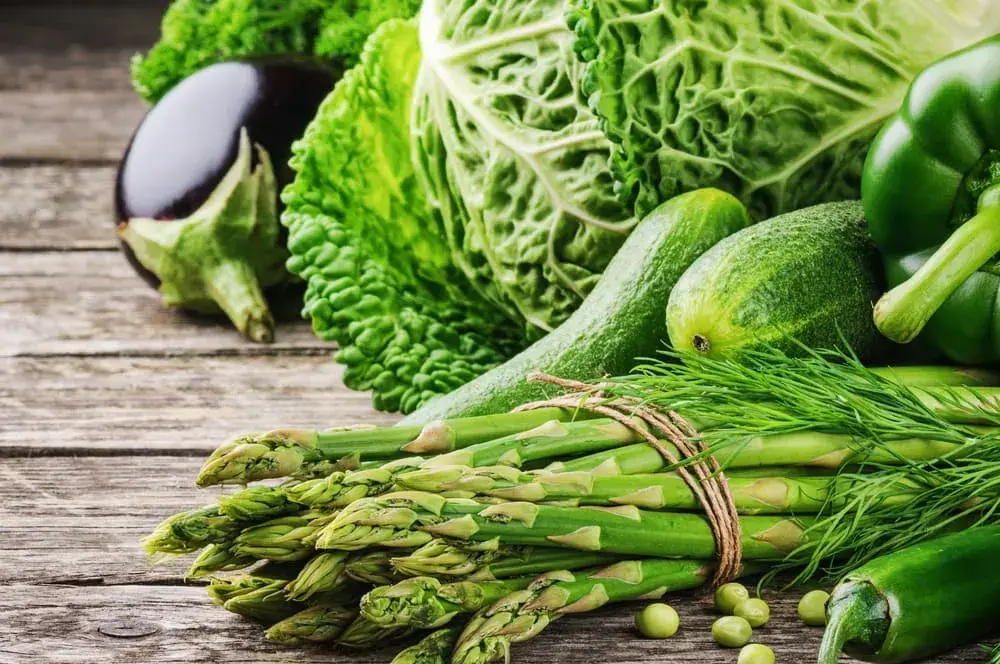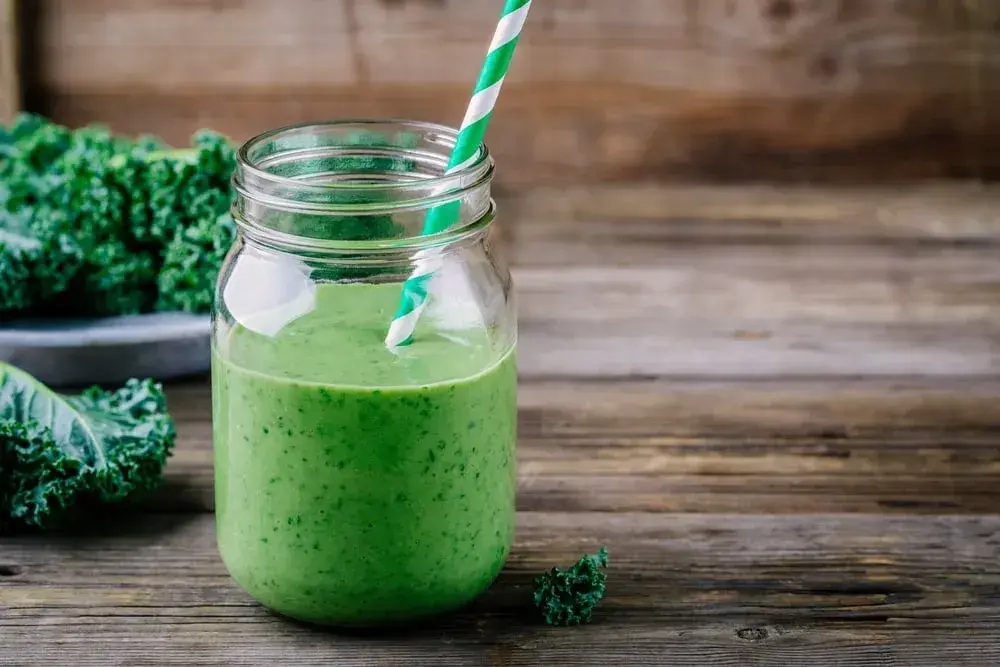4 min read
6 Of The Healthiest Vegetables You Should Be Eating
Garcia Weight Loss
:
Feb 26, 2019 12:00:00 AM

/assets/images/provider/photos/2579791.jpg)
When it comes to eating vegetables, you really can’t go wrong. Unless you’re slathering them with cheese, butter, salt, or sugar, vegetables are a nutritious complement to any meal — and you should eat them as often as possible.
But with so many vegetables to choose from, it’s helpful to know which ones give you the most nutritional bang for your buck. And contrary to popular belief, the healthiest vegetables are not obscure plants that you’ve never heard of. In fact, healthy vegetables are readily available at most local supermarkets and will provide you with plenty of nutrients.
While there’s nothing wrong with sticking with your favorites — because, let’s face it, all vegetables are good for you in some way — sometimes it’s good to mix it up. It’s also good to get a variety of colors into your diet: the same compounds that give fruits and vegetables their vibrant colors also give them different vitamins and minerals. Try to get these ultra-nutritious veggies into your diet whenever you can.
1. Kale
Kale seems to be everywhere in nutrition circles today, and for good reason. Kale is packed with nutrients that support healthy bones, skin, and circulation.
Kale contains an antioxidant called alpha lipoic acid that can support healthy blood sugar levels and may even help with weight loss. It also contains plenty of potassium, which may help you live longer. It’s a good source of calcium for healthy bones, as well as fiber and protein to help you feel full. It’s also high in vitamin B6 and vitamin C.
Just one and a half cups of kale contains more than 650 percent of your vitamin A needs, and a staggering 900 percent of your daily vitamin K.
2. Spinach
While spinach hasn’t gotten as much attention as kale in recent news, this classic leafy green has plenty of health benefits worth mentioning. Spinach is one of the best sources of magnesium, which is essential for healthy muscles, bones, and literally hundreds of important body processes. In fact, many people may be deficient in this important mineral, especially given the emphasis on dietary calcium, which may compete with magnesium absorption.
Spinach is one of the best sources of lutein and zeaxanthin carotenoids, powerful antioxidants that are essential for the health of your eyes. These carotenoids fight macular degeneration and cataracts. The body cannot produce them, which means you must get them from your diet.
Like kale, spinach also contains a high amount of potassium. And 3 cups of raw spinach provide you with more than 500 percent of your vitamin K requirement, which is essential for healthy bones and keeping the heart healthy. And for those who don’t like kale, spinach is a great way to get the aforementioned alpha lipoic acid with a hefty dose of vitamin C.
Finally, spinach is a great plant source of iron, which is essential for healthy blood cell production and immune system function.
3. Broccoli
Just one-half cup of broccoli provides almost an entire day’s worth of vitamin C, giving it an edge over oranges. Broccoli contains indole‐3‐carbinol, which was shown to prevent cancer in laboratory animals that were directly exposed to carcinogens.
Broccoli also contains a compound known as sulforaphane, which may help stop the growth of cancer-causing cells and neutralize inflammation that can cause mental decline. It’s also rich in glucosinolate, which triggers a strong antioxidant and anti-inflammatory response in the body.
Broccoli is full of fiber to help you feel full and avoid constipation and may encourage a healthy gut bacteria balance.
4. Bell peppers
Whether you like red, orange, yellow, or green, bell peppers have plenty of vitamins and antioxidants.
Just one red bell pepper contains more than 250 percent of your daily value of vitamin C and nearly a full day’s worth of vitamin A. Bell peppers also contain high amounts of the aforementioned lutein and zeaxanthin for eye health, as well as alpha- and beta-carotene. These carotenoids fight free radical damage, which may help prevent cancer.
Because a study found that using high-dose synthetic beta-carotene supplements was actually harmful, getting natural beta-carotene from whole food sources like bell peppers is essential.
Bell peppers are also low in calories and a great way to get a crunchy snack without sabotaging your healthy eating goals.
5. Sweet potatoes
While a sweet potato isn’t as low-calorie as other vegetables on this list, it should still be included in a healthy diet because of its unique benefits.
One sweet potato contains a whopping 6.6 grams of soluble and insoluble fiber, which helps balance gut health and boost the immune system. And, their orange color makes sweet potatoes one of the best dietary sources of vitamin A — nearly 800 percent of your daily recommended intake.
They are also a great source of vitamin B6, which is needed for neurotransmitters in the brain, as well as vitamin C for youthful skin and strong immunity. Sweet potatoes contain 4 grams of protein, making them a great choice for snacks. Sweet potatoes taste great without any additions, so skip the sugar and enjoy their natural sweet flavor.
6. Tomatoes
The popular tomato, while technically a fruit, is often used as a vegetable in cooking. And, you may already know that it is best known for its high levels of the carotenoid known as lycopene. The redder the tomato, the more lycopene it contains, so be sure to pick the brightest ones for the most benefit.
Lycopene is believed to decrease the risk of heart disease and cancer, and may help protect the skin from sun damage. Lycopene is found in higher amounts in cooked tomatoes than raw. So, enjoy raw tomatoes on your salad or sandwiches, but don’t forget to use cooked tomato sauces — with no sugar or salt added, of course.
Make vegetables your focus
This list touches on just a few of the health benefits of each of these vegetables. And don’t forget to use vegetables as flavor enhancers — garlic and onion are great ways to make your dishes tasty while providing even more health benefits and little to no calories or sodium.
These vegetables are bursting with health-boosting compounds and properties, many of which have yet to be discovered. What we do know, however, is that when it comes to a healthy diet, more vegetables are definitely better.
Are you struggling to meet your healthy eating goals? Garcia Weight Loss and Wellness Centers offer customized plans that are designed to work for you. Contact us today to request your no-cost consultation!



